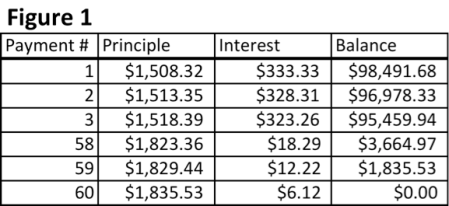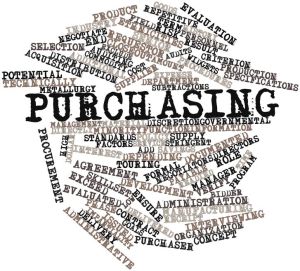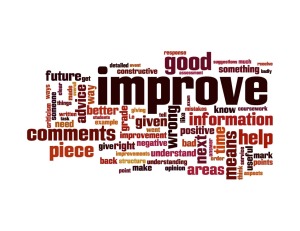 There is nothing worse than wasting someone’s time. It’s one of the few things we cherish most, but don’t have enough of it. We can’t get anymore of it either!
There is nothing worse than wasting someone’s time. It’s one of the few things we cherish most, but don’t have enough of it. We can’t get anymore of it either!
Knowing how to give a good presentation is an essential skill to have. Whether you are pitching for money, selling to a prospective client, giving a presentation at work, or even asking for a raise; a good presentation can tip the scales in your favor. With such little time at our disposal, it’s easy lose attention quickly. This is even truer today with so many things vying for it. According to Statistic Brain, the average attention has decreased from 12 second in 2000 to 8 seconds in 2013. That’s an incredibly short amount of time. So what should you do to keep it on your message?
Know your content
You know what they say…practice makes perfect. You have to practice your speech over and over to ensure that you know the material and have the timing right. Steve Jobs would spend many hours practicing his speeches before he went public with them and he was always known to be a great speaker. Knowing and having confidence in the content will allow you to keep better eye contact as well as allowing you to better scan your audience. Scanning your audience allows you to pick up on their visual cues and subtle hints which can allow you to gauge and make necessary adjustments on the fly.
Keep the slide content to a minimum
Keeping the slides short and to the point allows your audience to focus on you and your words. Studies have shown that multitasking decreases productivity by as much as 40%. If your audience is reading your slides, do you think they are really comprehending everything you are saying?
Keep your audience in mind
Understanding who you will be speaking to is paramount in ensuring the message gets across. You will need to tailor your presentation to the demographic(s) you are addressing. You would not talk to a group of business people the same way you would talk to a non-profit group for example. You would use different terminology and possibly need to avoid controversial topics.
Maintain their attention
How do you keep your audiences attention long enough to get your point across? This is the tough one, but you can do it. Adding entertainment value to your presentation can surely help. Being comical with some of your content can liven up your audience and refocus their attention. Team presentations can add value because you can play off one another and alternate speaking turns. I recommend these be quick alternations in order to briefly shift your audience’s focus back and forth while keeping them engaged. Don’t just section each person into chunks of regurgitation of information.
Keep these four keys in mind when preparing for your next presentation. They may just make it a success. Thank you for stopping by and as always, remember to “Stop Doing the Mundane, and Start Getting Weird!”




 In order to discuss the interest tax shield and write-offs we should first take a look at purchasing
In order to discuss the interest tax shield and write-offs we should first take a look at purchasing
 mission and vision then they are just there to collect a paycheck. So how do you get them engaged again? You may not have the $2000 to pay an employee to leave, but you can figure out how to get them motivated again. This concept of
mission and vision then they are just there to collect a paycheck. So how do you get them engaged again? You may not have the $2000 to pay an employee to leave, but you can figure out how to get them motivated again. This concept of 

